understanding differences: 1800 RPM vs 3600 RPM generators
- By BISON
Table of Contents
Generator – The name itself conjures up images of power and reliability. These incredible machines have been a mainstay in industry, businesses and homes, providing an uninterrupted supply of power during blackouts.
Generators come in various sizes, types and designs to suit different requirements. From portable generators for camping trips to heavy-duty industrial generators for large-scale jobs, there’s a generator to fit your every need. However, aside from size and type, one aspect that has a significant impact on a generator’s performance and application is its speed, measured in revolutions per minute (RPM).
This brings us to the core of our discussion – the difference between 1800 RPM and 3600 RPM generators. In this article, BISON takes a closer look at their design, construction, and the technology that drives them. We will also discuss their respective applications, efficiency levels and maintenance requirements.
So, let’s get right down to the mystery of 1800 and 3600 RPM generators.
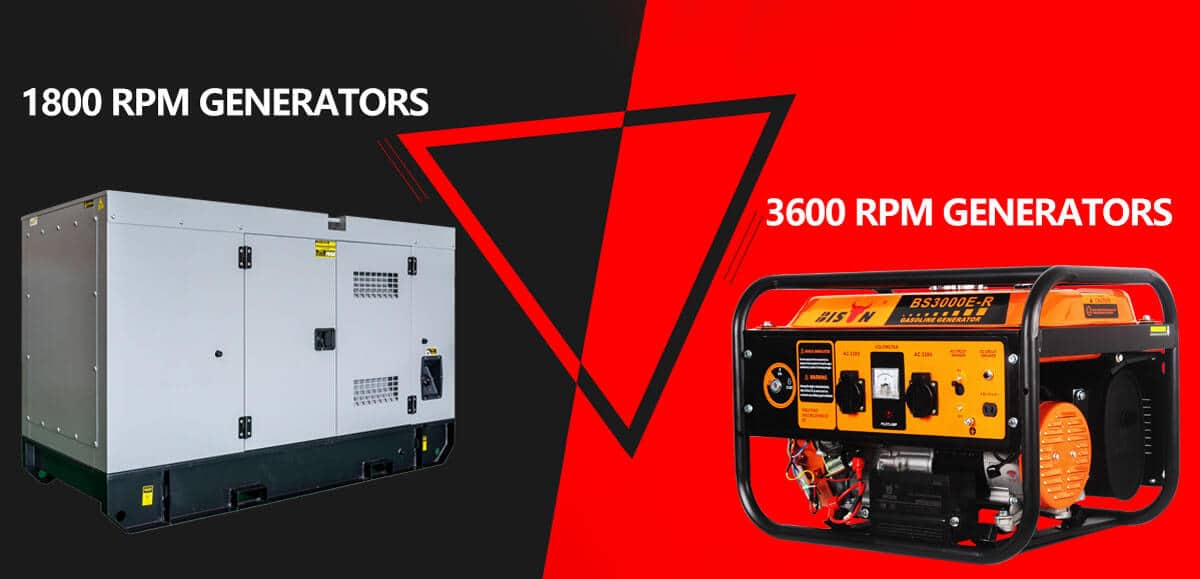
Key differences between 1800 RPM and 3600 RPM generators
RPM and its impact on generator performance
RPM, or revolutions per minute, is a measure of how fast a generator engine rotates. RPM directly affects the generator’s power output, frequency, noise level, lifespan and fuel efficiency.
Power output
Generators are very convenient when there is a power outage or when backup power is needed. However, the last thing you want is a generator that can’t handle your power needs.
The power output of a generator depends on its speed and torque. As the generator speed increases, more power strokes are produced per minute, resulting in more electricity.
If you need a generator to meet occasional power outages or short-term power needs, a high-power generator with high RPM is a good choice. However, if you need a generator to meet your long-term power needs, a lower RPM generator is a better choice.
As a general rule of thumb, 3600 RPM generators tend to have higher power output compared to 1800 RPM generators.
frequency
The frequency of electricity produced by a generator is directly related to its rotational speed. In North America, the standard frequency is 60Hz and the generator operates at 3600 RPM. On the other hand, in areas where the standard frequency is 50Hz, such as Europe, generators run at 1800 RPM.
Noise level
If you’ve ever been around a generator, you know it can be pretty noisy. The noise level of a generator is directly related to its speed.
As the engine shaft speed increases, the noise level also increases. If you need a generator for indoor or quiet outdoor events like weddings or camping, you’ll want a low-noise generator. Additionally, low-rpm generators run more effortlessly and are less likely to overheat.
1800 RPM generators are generally quieter than 3600 RPM generators.
generator lifespan
1800 RPM generators generally last longer compared to 3600 RPM generators. Slower speeds reduce wear on engine components, extending the overall life of the engine.
fuel efficiency
Different RPMs also affect the amount of fuel used by the generator. A generator running at a higher RPM will consume more electricity than a generator running at a lower RPM. This is because as engine speed increases, fuel consumption also increases.
A low-rpm generator is more fuel efficient, saving you money in the long run. If you plan to use your generator frequently, then an 1800 RPM generator is a wise choice.
Design and Construction Differences
The design and construction of 1800 and 3600 RPM generators have significant implications for their cost, and maintenance needs.
Cost
1800 RPM generators typically have four poles in the alternator, while 3600 RPM generators have two poles. An 1800 RPM generator is more expensive than its 3600 RPM counterpart because of the extra poles in the alternator. This is due to their larger size, heavier components, and the use of more durable materials.
Maintenance
1800 RPM generators tend to require less frequent maintenance, because they run more relaxed and don’t wear out as quickly. This can result in lower operating costs over the lifetime of the generator.
Applications of 1800 RPM and 3600 RPM generators
Let’s now explore the specific uses for both 1800 RPM and 3600 RPM generators.
1800 RPM generators
Owing to their lower noise levels and longer lifespan, 1800 RPM generators are often preferred for applications that require continuous, long-term usage. They’re a popular choice for industrial applications, where the generator runs for extended periods, and reliability and durability are paramount.
In the realm of diesel generators, the efficiency and low maintenance requirements of 1800 RPM generators make them suitable for a variety of applications, ranging from small portable generators for camping and outdoor events to large-scale usage in commercial and industrial settings.
These generators are also commonly used in off-grid living situations, providing a reliable source of power in remote locations. Moreover, some 1800 RPM generators are designed for home power or off-grid electricity, offering a compact design that allows for easy installation and operation.
3600 RPM generators
On the other hand, 3600 RPM generators, with their higher power output and lower cost, are typically used for applications that require short-term, intermittent power supply. They are often found in residential settings, providing emergency backup power during outages.
Due to their high-speed operation and resultant high power output, 3600 RPM generators are suitable for applications requiring a substantial amount of power over a short period. This makes them ideal for use in tools and equipment in construction sites or as backup power sources in commercial settings where power interruptions can lead to significant losses.
How do you choose the correct RPM for your generator?
Choosing the proper RPM for your generator is critical to getting the most out of your investment. If you don’t have the correct RPM, your generator can overheat and damage itself. Incorrect RPM can cause your generator to be less fuel efficient and prone to wear and tear. When choosing between these two types of generators, it is essential to consider your power needs, durability, budget and etc..
- Your power needs: The first thing to consider is your power requirements. How much power do you need to generate? Determine the total wattage required by all the appliances or equipment you plan to run on the generator. If your power needs are high, a 3600 RPM generator might be more suitable. Conversely, for lower power requirements, an 1800 RPM generator should suffice.
- Your budget: Different RPMs come with other price points. When budgeting for a generator, consider both the initial cost and ongoing expenses. While 3600 RPM generators are generally less expensive upfront, 1800 RPM generators may offer better value in the long run because they last longer and require less maintenance.
- Frequency requirements: Depending on your location and the type of equipment that supplies power, you may need a generator that produces electricity at 50 Hz or 60 Hz. Make sure to choose a generator that meets your frequency requirements – 3600 RPM for 60Hz and 1800 RPM for 50Hz.
- Noise level: If you are using a generator in a residential area or anywhere with noise restrictions, an 1800 RPM generator, which is known for running quieter, may be a better choice.
- Portability: If you need to move your generator frequently, consider its size and weight. 3600 RPM generators are generally smaller, lighter, and more portable than 1800 RPM generators.
- Application duration: Do you need a generator for occasional power outages or long-term power needs? If you need a generator for short-term, intermittent use, a 3600 RPM generator may be ideal. For continuous, long-term use, an 1800 RPM generator may be more suitable due to its durability and reliability.
Conclusion
To sum up, both 1800 RPM and 3600 RPM generators have their own unique advantages and are suitable for different applications. When choosing between these two types of generators, consider factors such as power and frequency requirements, noise levels, budget, portability, maintenance needs, and fuel efficiency. By carefully evaluating these aspects, you can make an informed decision that best suits your needs.
1800 RPM generators are generally quieter, more durable, and fuel efficient, making them ideal for continuous, long-term use in industrial applications or off-grid living environments. 3600 RPM generators, on the other hand, offer higher power output and lower cost, making them ideal for short-term high-power applications, such as emergency backup power during a power outage or powering tools and equipment on construction sites.
For those who are in the business of selling generators, BISON is a professional generator supplier headquartered in China that is committed to providing high-quality, reliable generators according to the diverse needs of customers. We offer both 1800 RPM and 3600 RPM generators, giving you a wide range of options to suit a variety of applications. We invite you to contact us to discuss your purchasing plans and explore how we can help you meet your customers’ power needs effectively and efficiently.
Most Popular Posts
QUESTIONS?
CONTACT US TODAY.
buy?
Related Posts
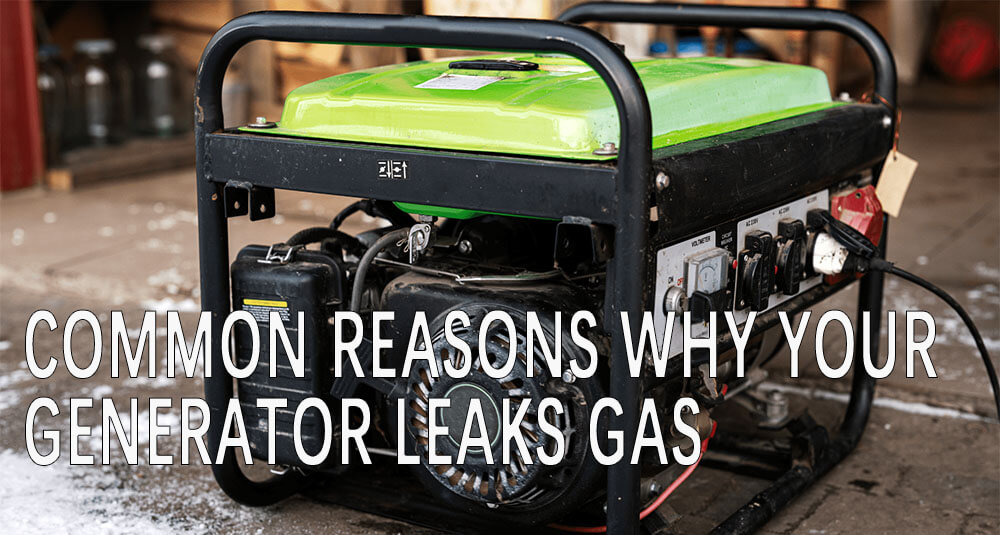
Common reasons why your generator leaks gasoline
In this guide, BISON covers common causes of gasoline leaks, warning signs to watch for, and how to fix the issue.
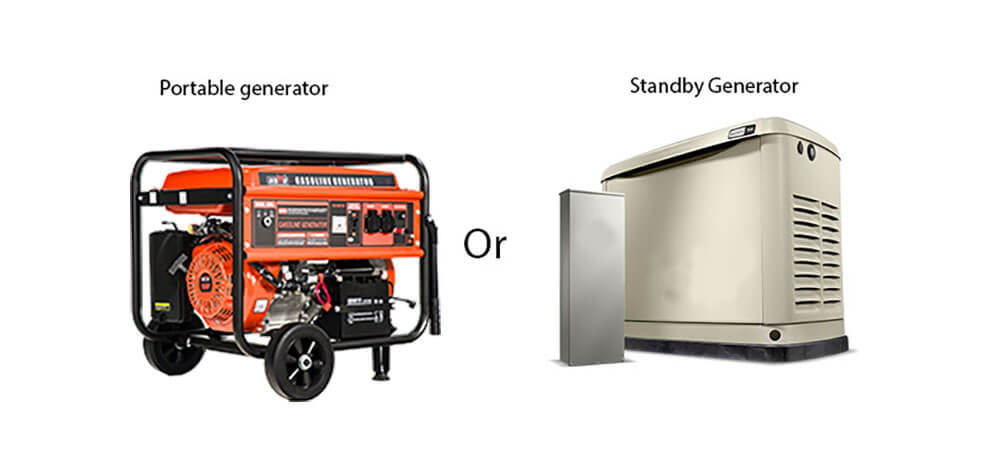
portable or standby generators: which one fits your needs?
This article by BISON breaks down the differences between portable and standby generators. By the end, you’ll find which one fits your needs best.
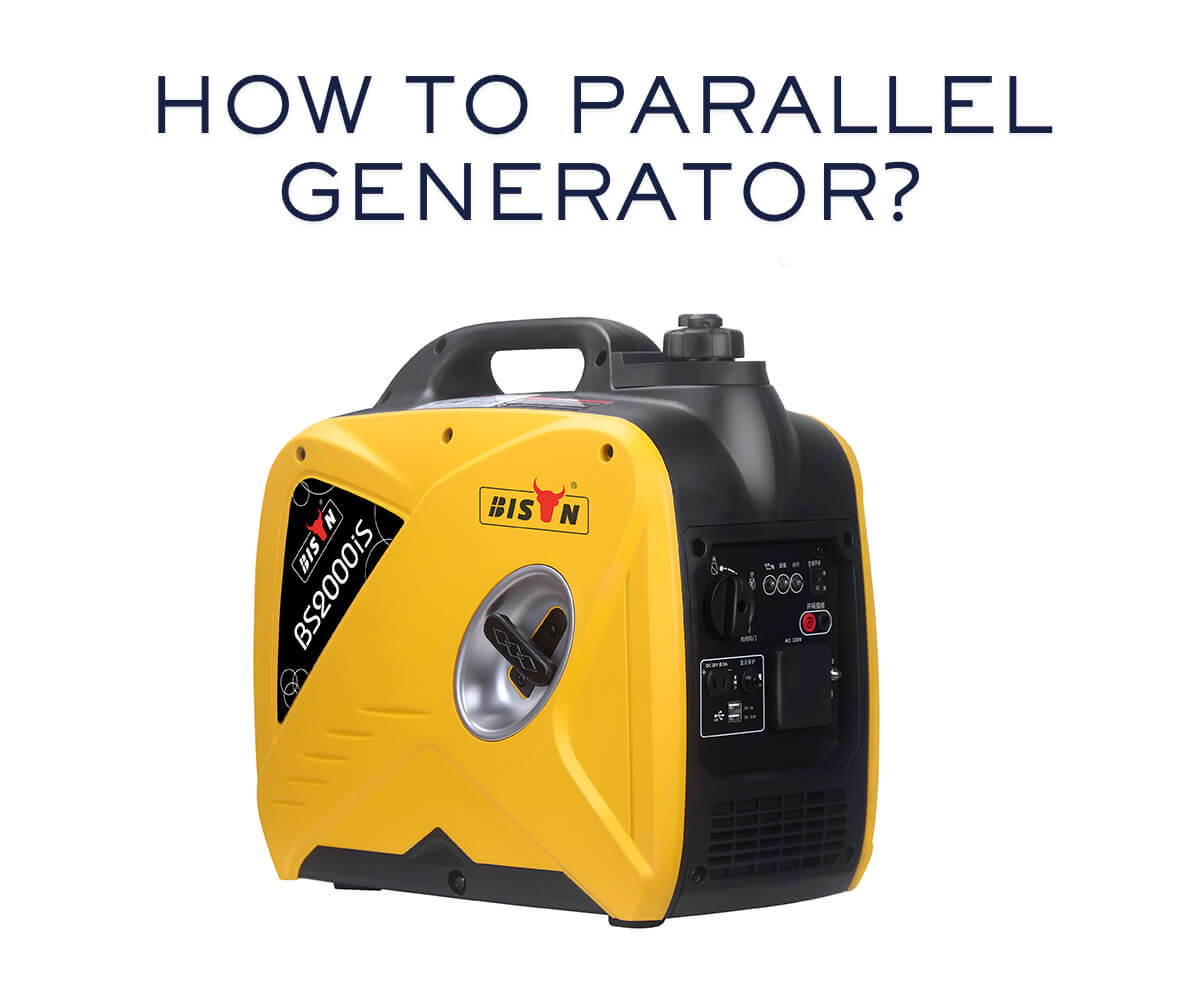
how to parallel generators: A comprehensive guide
BISON will explain what parallel generators mean and how they work together as a system. We will also focus on the advantages and reliability.
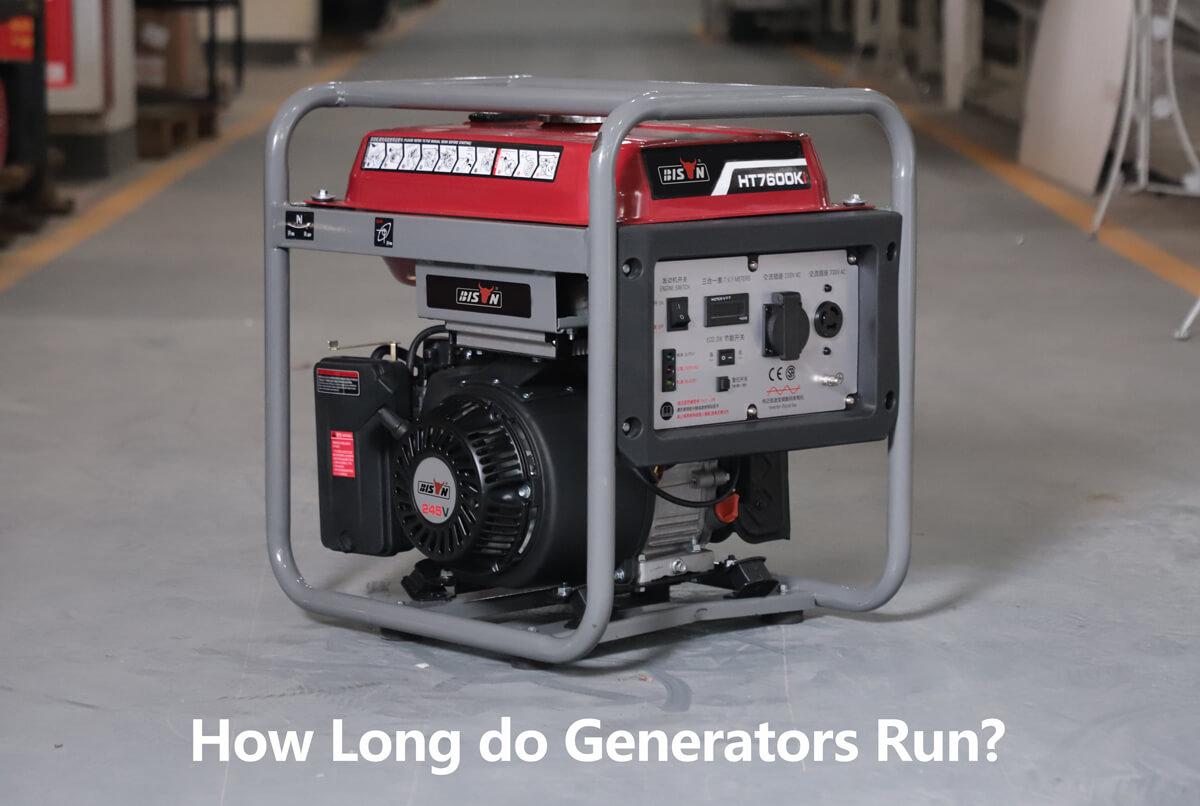
how long do generators run: what you need to know
BISON will dive into everything you need to know about how long a generator runs, helping you choose between generators with different run times.
Related Products
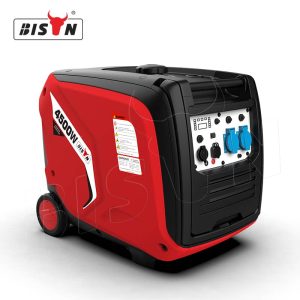
2500w digital inverter generator
The BISON BS2500I is a top-of-the-line 2500-watt digital inverter generator that delivers clean, reliable power
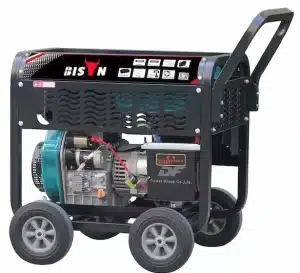
portable for home use diesel generator machine
PRODUCT INTRODUCTION BISON portable diesel generators are the perfect choice for home users and dealers
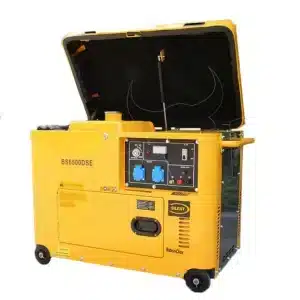
Looking for Diesel Generator 5kva
Looking for Diesel Generator 5kva This is a portable 5kva single-phase diesel generator. Diesel generators are easy
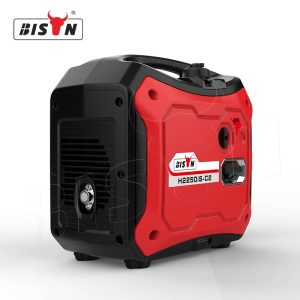
super quiet 3000 watt inverter generator
Product Parameter Place of Origin: Zhejiang, China (Mainland) Model Number: BS-S3200IE Output Type: AC Single
.png)
-qbpqbzxxvtguiuwezisu6wo6j1i29b4m1el1ir1u8o.png)

